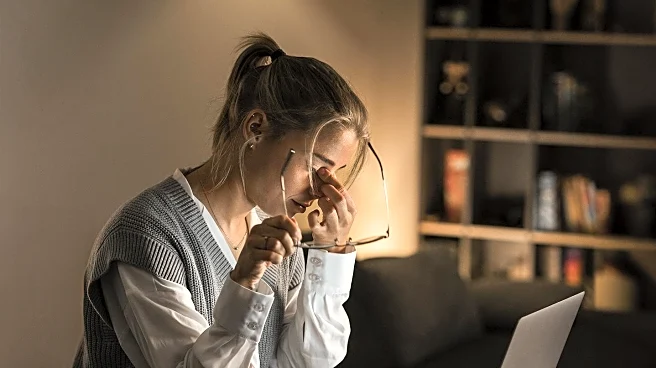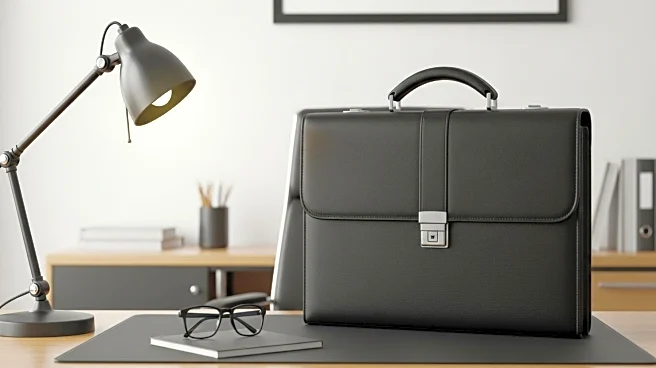What's Happening?
DLR Group's Design Research Leader, B. Sanborn, has shared insights on the enduring significance of physical spaces in shaping human experiences. Despite the rise of virtual meetings and digital tools, Sanborn argues that physical environments continue to influence creativity, routines, and social interactions. The research highlights how individuals internalize their surroundings, affecting mood and attention. Sanborn's work, in collaboration with Dr. Eunhwa Yang, applies Ecological Systems Theory to the built environment, emphasizing the layered impact of spaces from personal to community levels. This perspective suggests that thoughtfully designed environments can enhance focus and emotional well-being, even amidst stressful external factors.
Why It's Important?
The insights from DLR Group underscore the critical role of physical spaces in fostering human-centered environments. As workplaces evolve with hybrid schedules, understanding the impact of physical surroundings can guide the design of spaces that support mental health and productivity. This approach is particularly relevant for industries focused on employee well-being and efficiency. By integrating ecological systems theory into design practices, businesses can create environments that not only meet functional needs but also enhance overall human experience, potentially leading to improved job satisfaction and performance.










